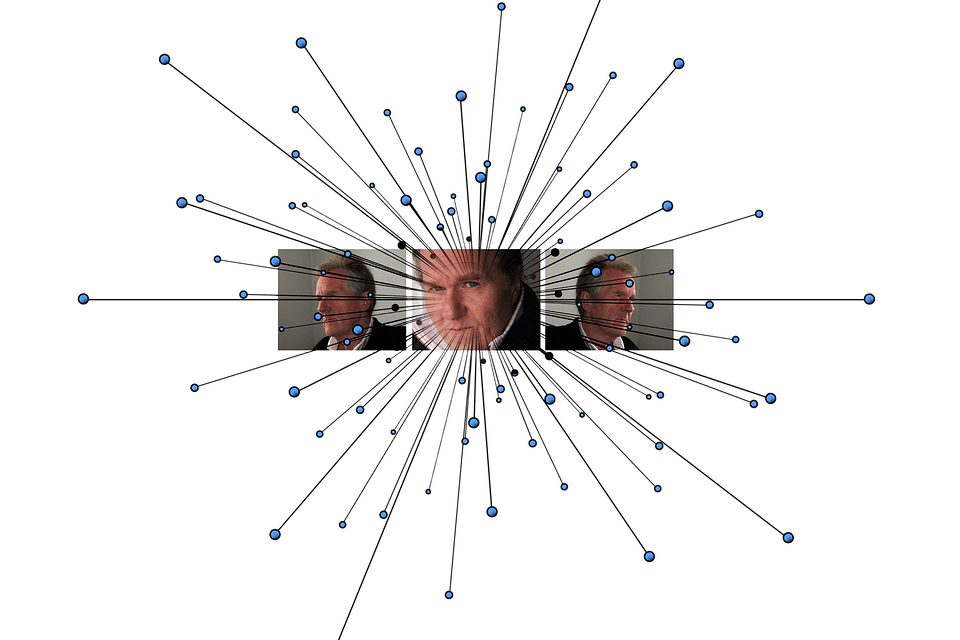Deep Learning: A Game-Changer in Healthcare and Medical Research
Introduction:
Deep learning, a subset of artificial intelligence (AI), has emerged as a game-changer in various industries, including healthcare and medical research. With its ability to analyze vast amounts of complex data, deep learning algorithms have the potential to revolutionize the way medical professionals diagnose diseases, develop treatment plans, and conduct research. In this article, we will explore the applications of deep learning in healthcare and medical research and discuss how it is transforming the industry.
Understanding Deep Learning:
Deep learning is a branch of machine learning that focuses on training artificial neural networks to learn and make decisions without explicit programming. These neural networks are inspired by the structure and function of the human brain, consisting of interconnected layers of artificial neurons. Deep learning algorithms can automatically learn and extract meaningful patterns from large datasets, enabling them to make accurate predictions and classifications.
Applications in Medical Imaging:
One of the most promising applications of deep learning in healthcare is medical imaging. Deep learning algorithms can analyze medical images, such as X-rays, CT scans, and MRIs, to detect and diagnose diseases with high accuracy. For example, researchers have developed deep learning models that can detect early signs of lung cancer from CT scans, outperforming human radiologists in some cases. This technology has the potential to improve early detection rates and save countless lives.
Another area where deep learning excels is in the analysis of retinal images for the early detection of eye diseases, such as diabetic retinopathy and age-related macular degeneration. By training deep learning models on large datasets of retinal images, researchers have achieved remarkable results in automated disease detection. Deep learning algorithms can accurately identify abnormalities and provide timely interventions, preventing irreversible vision loss.
Improving Diagnosis and Treatment:
Deep learning algorithms can also aid in the diagnosis and treatment of various diseases by analyzing patient data, including medical records, genetic information, and lifestyle factors. By integrating these diverse data sources, deep learning models can provide personalized treatment plans and predict patient outcomes. For example, researchers have developed deep learning models that can predict the risk of cardiovascular diseases based on a patient’s medical history and genetic markers. This information can help doctors identify high-risk patients and implement preventive measures.
In addition to diagnosis and treatment, deep learning algorithms can assist in drug discovery and development. By analyzing large datasets of molecular structures and drug interactions, deep learning models can identify potential drug candidates and predict their efficacy. This technology can significantly accelerate the drug discovery process, reducing costs and improving patient outcomes.
Enhancing Medical Research:
Deep learning is also transforming medical research by enabling scientists to analyze large-scale genomic and proteomic data. By training deep learning models on genomic sequences, researchers can identify genetic variations associated with diseases and gain insights into their underlying mechanisms. This information can lead to the development of targeted therapies and personalized medicine.
Furthermore, deep learning algorithms can analyze scientific literature and extract relevant information, helping researchers stay up-to-date with the latest advancements in their field. By automating the literature review process, deep learning can save researchers valuable time and resources, allowing them to focus on innovative research.
Challenges and Future Directions:
While deep learning holds immense potential in healthcare and medical research, there are several challenges that need to be addressed. One of the main challenges is the need for large and diverse datasets for training deep learning models. Access to such datasets can be limited due to privacy concerns and data sharing regulations. Additionally, the interpretability of deep learning models remains a challenge, as they often function as black boxes, making it difficult to understand the reasoning behind their predictions.
In the future, advancements in deep learning techniques, such as explainable AI and transfer learning, may address these challenges and further enhance the applications of deep learning in healthcare and medical research. Explainable AI aims to make deep learning models more transparent and interpretable, enabling medical professionals to trust and understand their decisions. Transfer learning, on the other hand, allows deep learning models to leverage knowledge learned from one domain to another, reducing the need for large datasets.
Conclusion:
Deep learning is revolutionizing healthcare and medical research by enabling accurate disease diagnosis, personalized treatment plans, and accelerated drug discovery. With its ability to analyze vast amounts of complex data, deep learning algorithms have the potential to transform the industry and improve patient outcomes. However, challenges such as data availability and model interpretability need to be addressed for the widespread adoption of deep learning in healthcare. As researchers continue to explore the potential of deep learning, we can expect further advancements that will shape the future of healthcare and medical research.




Recent Comments